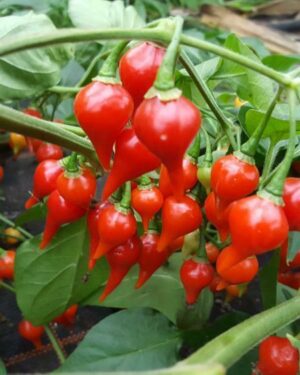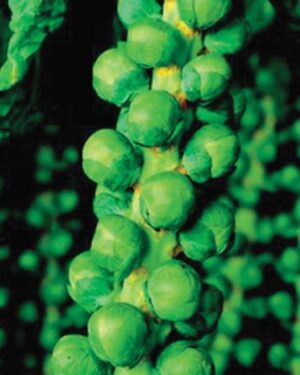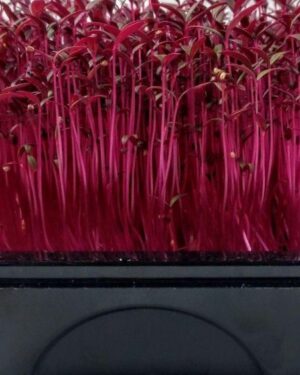Description
Trefoil Lotus Corniculatus-Birds Foots 2
Trefoil Lotus Corniculatus Birds Foot 2 . A native British flower, Lotus corniculatus is widespread and found growing as a flat, cushion up to 6in high. It has woody, spreading stems, with small trefoil leaves, and flat clusters of bright yellow pea-flowers streaked with red in summer and autumn. The thin seed pods from these are said to look like a bird’s foot, hence the name. The plants thrive best in thin poor soil in full to part sun.
Cultivation Advice
- Plant Birdsfoot Trefoil seeds in the spring or early autumn. Choose a location with well-draining soil and full to partial sunlight exposure.
- Birdsfoot Trefoil prefers well-draining, slightly acidic to neutral soil. Ensure good soil fertility by adding organic matter like compost.
- Birdsfoot Trefoil grows well in full sun but can also tolerate partial shade.
- Sow seeds about 1/4 inch deep directly into the soil. Allow sufficient space between plants, typically 6 to 12 inches apart.
- Keep the soil consistently moist but not waterlogged, especially during the germination period. Once established, it’s relatively drought-tolerant.
- Apply a thin layer of mulch around young plants to retain moisture and suppress weed growth. Be cautious not to cover the seedlings.
- Birdsfoot Trefoil usually doesn’t require heavy feeding. A balanced fertilizer applied at planting time can support initial growth.
- It generally doesn’t need staking but regular mowing or cutting back after flowering can maintain a tidy appearance and encourage new growth.
- Birdsfoot Trefoil is relatively resistant to pests and diseases. Good air circulation and proper watering help prevent issues.
- It works well in mixed wildflower meadows or as a component of pasture mixtures for livestock grazing.
- The bright yellow flowers of Birdsfoot Trefoil attract bees and butterflies, aiding in pollination.
- Birdsfoot Trefoil is a perennial plant that persists for multiple years. Regularly mow or cut back to promote fresh growth.
- Birdsfoot Trefoil can be used as a forage plant for livestock and wildlife, providing nutritious grazing. It’s also used in erosion control and as a nitrogen-fixing cover crop.
- Birdsfoot Trefoil prefers well-draining soil but can thrive in various soil types, including poorer soils. It’s known to tolerate slightly alkaline conditions.
- This plant is adaptable to different climates and can grow in areas with varying rainfall patterns. It’s also moderately tolerant of drought conditions once established.
- While Birdsfoot Trefoil is drought-tolerant, occasional watering during prolonged dry periods can help maintain healthier growth.
- Minimal fertilization is usually required. However, a light application of nitrogen fertilizer may help if the soil lacks fertility.
- Birdsfoot Trefoil’s deep root system aids in erosion control. It’s often used on slopes or in disturbed areas to stabilize the soil.
- This plant is a nitrogen-fixing legume, contributing nitrogen to the soil, which benefits surrounding plants.
- Regularly mowing or cutting back after flowering prevents it from becoming too woody and encourages fresh growth.
- Birdsfoot Trefoil attracts various pollinators, making it valuable for supporting local biodiversity.
- Planting Birdsfoot Trefoil alongside other legumes or grasses in pasture mixes enhances the overall nutritional value of the grazing land.
- It’s recognized for its high-quality forage, often used in pasture mixtures for grazing animals due to its palatability and nutritional content.
- Allow some seed heads to mature and dry on the plant for collecting seeds, either for future planting or wildlife feed.
- Birdsfoot Trefoil can withstand frequent cutting or grazing and tends to regrow vigorously after being cut back.









Reviews
There are no reviews yet.